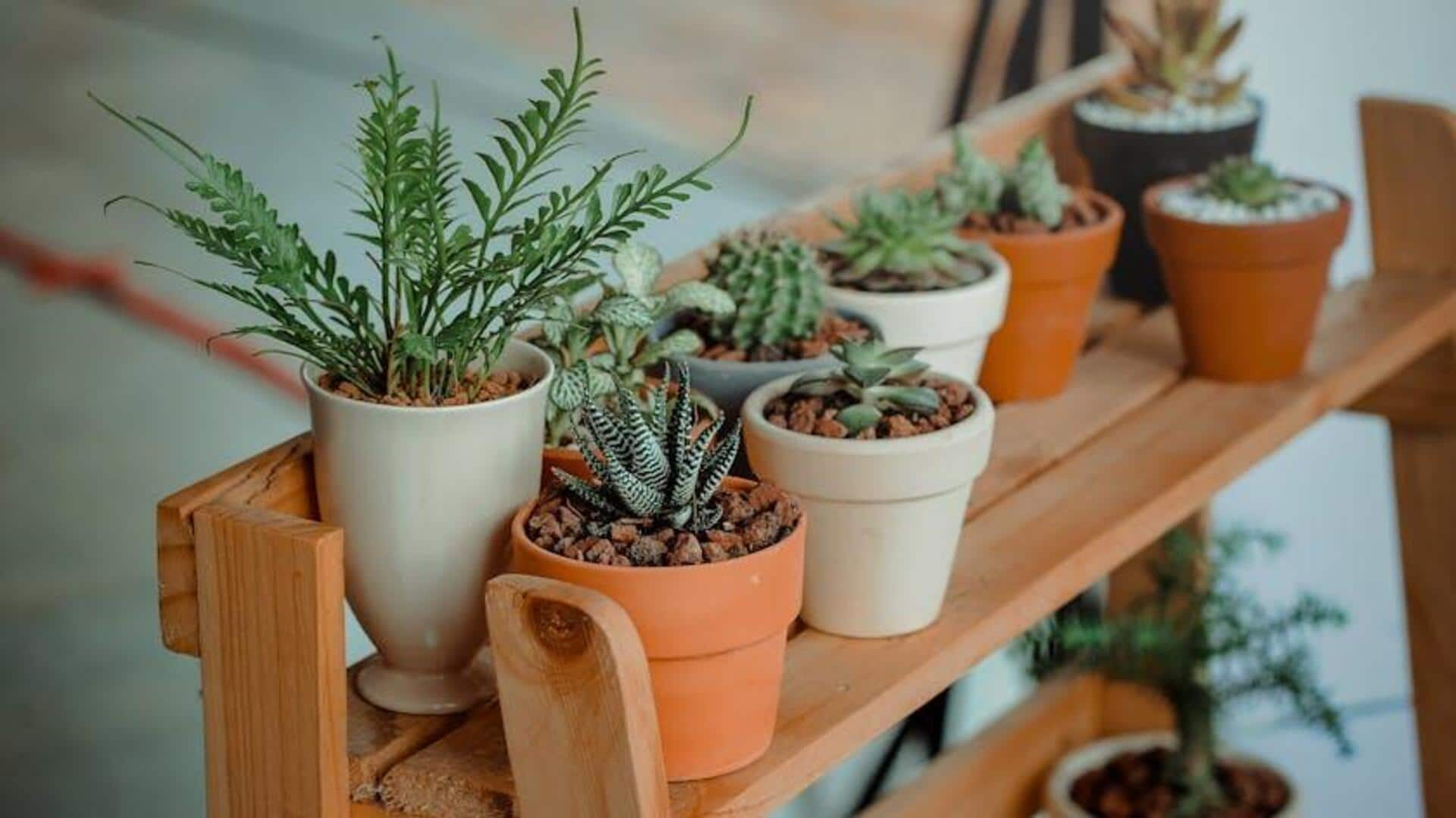
No sun? No problem! Smart lighting hack for indoor plants
What's the story
Aluminum foil is a handy tool that can be used outside of the kitchen.
How can it contribute to the growth of indoor plants, you ask? By reflecting light, aluminum foil ensures plants get more sunlight, which is essential for photosynthesis.
Here are some ways to use aluminum foil to your advantage to boost the growth of your indoor plants. It will help them thrive even in sub-optimal lighting conditions.
Light reflection
Reflect light for better photosynthesis
Aluminum foil can be placed strategically around plants to reflect light on them.
This way you can ensure that your plants get an even spread of light, which is essential for photosynthesis.
By increasing the amount of light available for your plants, you can promote healthier and faster growth.
Place the foil at different angles to direct sunlight or artificial light where it is needed the most.
Grow box setup
Create a makeshift grow box
Using aluminum foil, you can easily create a simple grow box by lining a cardboard box with it.
The reflective surface will concentrate and distribute light evenly across all sides of your plants.
This setup mimics professional grow lights without the high cost, making it an affordable option for plant enthusiasts looking to optimize their indoor gardening efforts.
Temperature regulation
Insulate pots for temperature control
Wrapping pots with aluminum foil helps keep soil temperature under control by reflecting heat away from, or towards, the pot as needed.
In colder months, this insulation keeps roots warmer by trapping heat inside the pot.
Conversely, during hot weather, it reflects excess heat away from the soil. This prevents overheating and ensures optimal growing conditions.
Pest deterrent
Protect plants from pests naturally
Aluminum foil serves as a natural repellent for those pesky bugs that can destroy your indoor plants.
Wrapping stems or placing strips around pots creates a barrier that most insects cannot cross over because of its slippery surface and reflective qualities.
This way, you get an eco-friendly option to shield your plants without using chemical pesticides.